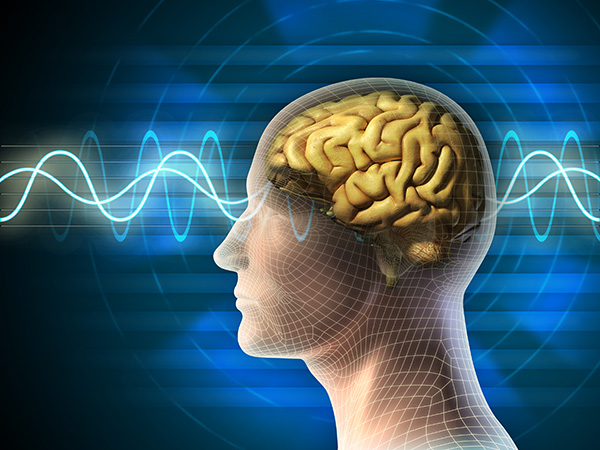
The Chemistry of Addiction
Brain Chemistry Plays Major Role in Addiction
More that 20 million Americans are affected by addiction, but few know the role brain chemistry plays in the illness, according to a Washington Post report. As the latest video from the American Chemical Society's Reactions series explains, addiction—to drugs, alcohol, or any other destructive habit—isn’t necessarily the result of some personal failing. It’s the result of some pretty serious brain chemistry.
Instead, the brain’s ventral tegmental area, also known as the “reward center,” is the part of the brain where drugs and alcohol are processed along with anything else that makes a person feel good. It is also responsible for producing the chemical dopamine. When people do something that makes them feel good, the levels of dopamine in the brain rise.
However, the dopamine isn’t exactly what makes us feel good. Instead, it signals to the brain and body to pay attention to the last action taken and associate it with the feelings that were just produced. Certain drugs, for example, can elevate dopamine levels to as much as 10 times higher than normal. When someone is addicted to this kind of drug, the body becomes accustomed to massive amounts of dopamine. This causes the normal producers of dopamine, such as food or laughter, to become less enjoyable than before. There just isn’t enough of a dopamine rush to get noticed. This information could help with new treatments for addiction.
Photo: Andrea Dante, Shutterstock